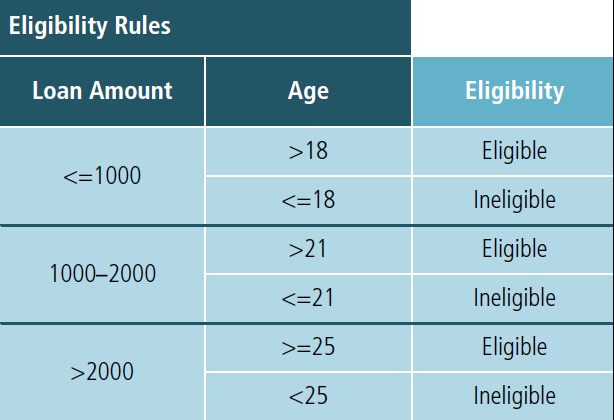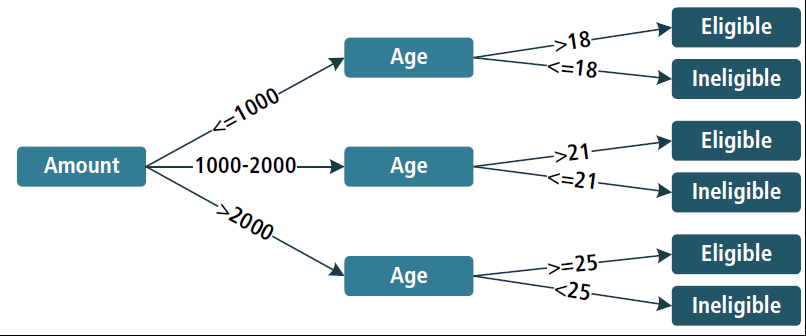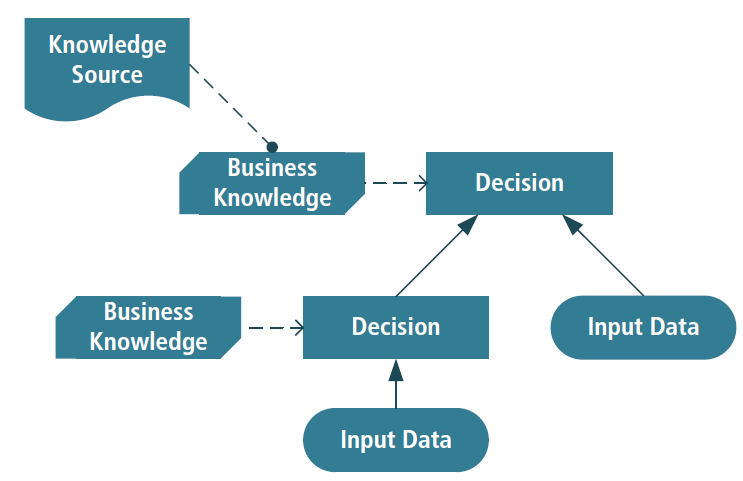If you’re involved in eliciting, modeling, analyzing, or consuming requirements for Business Intelligence (BI) projects, then this post is for you.
What is Decision Modeling?
As always, let me first provide you with the official definition from the International Institute of Business Analysis (IIBA®): “Decision modeling shows how repeatable business decisions are made.” – BABOK® v3.0
Decision Models:
- Show how data and knowledge combine to aid decision-making
- Can be used for both straightforward and complex decisions
- Are linked to processes, performance, and organizations
- Represent decisions as analytical insights
What Are the Types of Decision Models?
Decision Tables
Decision Tables are tabular representation of inputs to determine outcomes, with rules and conditions:

Example from: “BABOK® (Business Analysis Book of Knowledge)”, published by IIBA®
Decision Trees
Decision Trees also represent business rules, using nodes:

Example from: “BABOK® (Business Analysis Book of Knowledge)”, published by IIBA®
Decision Requirements Diagram
Decision Requirements Diagrams represents the decision-making logic for more complicated decisions:

Example from: “BABOK® (Business Analysis Book of Knowledge)”, published by IIBA®
Pros
Using decision modeling can help remove the emotional human component that is typically involved in most decision-making. By using these logical models (often supported by Business Rules), you can more methodically approach making business decisions – especially those that are repeatable.
Decision tress are also straight-forward and easy to understand. Most people can answer a series of questions that will help them narrow down results to make better decisions. This technique can even be used to apply an automated decision-making capability to a system, removing the human from the equation entirely (although this is not always advisable, depending on what the decision is).
Cons
Overly-analytical people can blow this technique out and will get stuck in analysis-paralysis.
Even though it provides a more structured method of making decisions, you can’t fully remove the emotional aspect of decision-making if there is a human being involved. If this is the case, someone could “game the system” by structuring their decision model in such a way as to get the result they want.
Very important or life-dependent decisions likely cannot be automated. Although this is a useful tool for common organizational decision-making, it’s not a silver bullet for making any and all decisions. Judicious use of this technique should be applied when there are one-time, critical decisions to be made.
Conclusion
Any of these different types of decision models can seriously help people narrow down, speed up, or help remove emotion from decision-making. However, not all decisions should be made using this type of technique. Important decisions may need to be handled in another manner. As it applies to Business Intelligence, this technique can be used to build out the repeatable decision logic for what to show on reports and dashboards such as heatmap coloring, data trigger alerts, etc.
References:
“IIBA Home.” IIBA | International Institute of Business Analysis, www.iiba.org/.
“PMI.” PMI | Project Management Institute, www.pmi.org/.





Share on